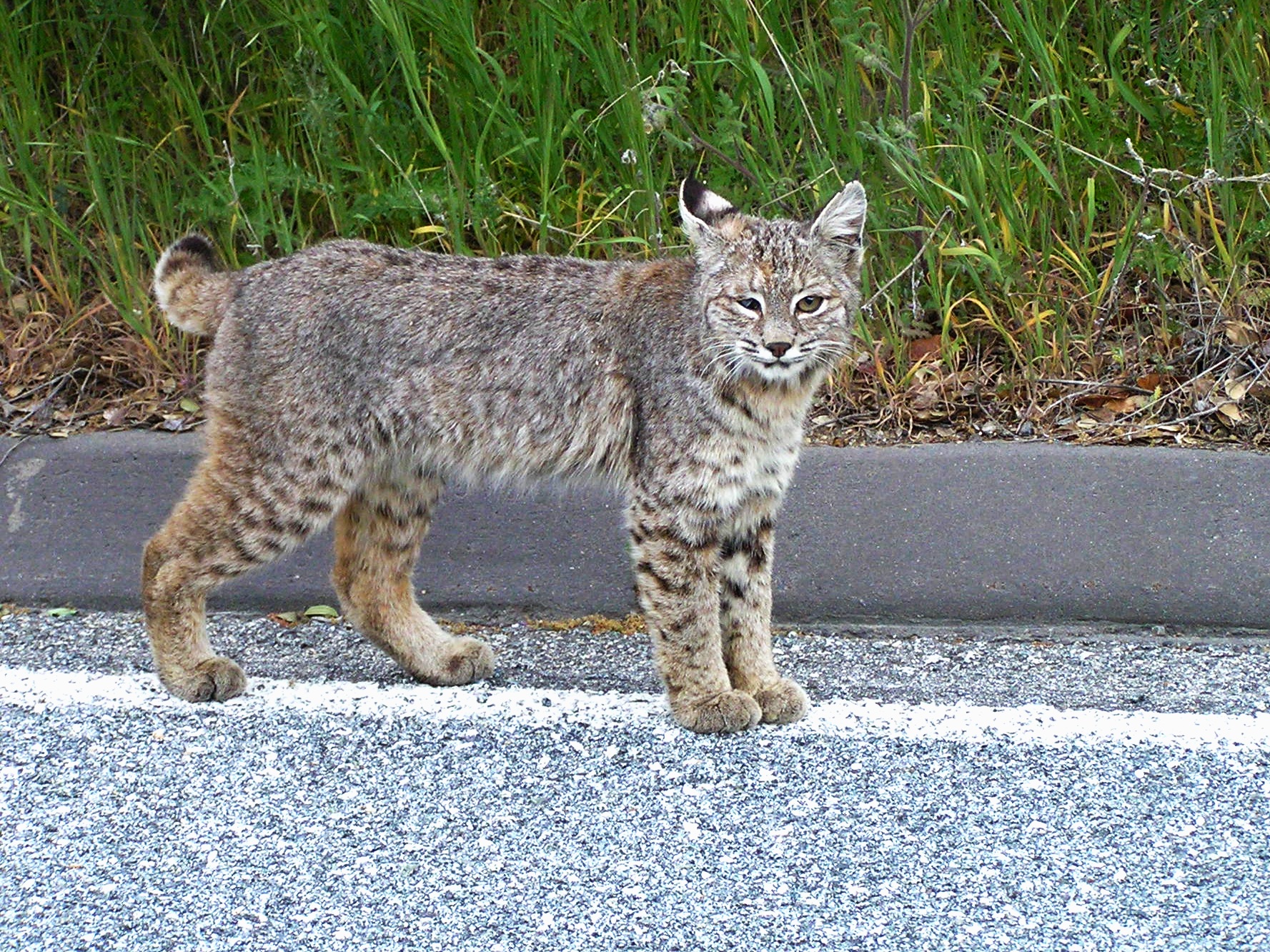A rash of fox attacks in the mid-coast of Maine has prompted formal action from at least one town, according to reports.
The Bath City Council voted unanimously on Feb. 5 to spend $26,000 to implement a trapping program to catch foxes and reduce population pressure. The city is partnering with the U.S. Department of Agriculture on the effort.
The news comes in the midst of Maine’s annual season for fox hunting. The season starts in October and runs until the end of February.
There have been more than half a dozen fox attacks in the area in just six months, with one unfortunate Bath resident being attacked on two separate occasions. It was only four months ago that a gray fox made a beeline toward Norman Kenney outside his home in Maine. The 88-year-old stomped it to death.
Then, last month, Kenney was attacked by another fox - charging at him, biting his face and hands, and knocking him to the ground. Kenny wrestled the animal for about 12 minutes, which he estimated was about 30 pounds. Both the fox and Kenney were struggling when a neighbor came upon the scene. According to Kenny, he advised the teenager to put his foot on the animal’s neck — similar to what Kenney had done in the first attack months ago. The animal was finally euthanized as Kenney was being loaded into an ambulance for treatment of his wounds.
Bath Deputy Police Chief Andrew Booth confirmed the animal tested positive for rabies. He also presumed rabies in the September attack on Kenney, though that animal wasn’t tested, as reported to local media.
On the same weekend as Kenny’s most recent attack, a Sagadahoc County Sheriff’s Office corporal shot and killed a fox after it attacked two men in West Bath Sunday evening.
Sagadahoc County, which includes the city of Bath, saw an uptick in confirmed rabies cases last year, with 21 confirmed animal exposures, 16 of which came from the city of Bath — more than a fifth of all cases statewide, according to Maine public health data. Gray and red foxes accounted for eight of those cases in Bath, which has more than 8,000 residents.
The year previous, in 2018, a total of 112 animals tested positive for rabies statewide; two of which came in from Bath and one from West Bath, according to the Maine Health and Environmental Testing Lab.
State wildlife biologist Scott Lindsay told the Portland Press Herald via email that it is difficult to predict the longevity of a wildlife rabies cluster in a particular geographic area. Lindsay believes the spread of rabies among susceptible mammals active during the winter is likely to drop. Mammals like red and gray fox remain active throughout the winter in the Northeast.
“It does not cease, but likely does decline,” he said. “For those individual animals in the latter stages of a rabies infection, the winter climate adds yet another challenge for them.”
One of the most notable fox attacks in the area was that of a 6-year-old girl in Bath after a rabid fox attacked in August 2019. The assault was stopped by the family dog, Socks, whom was up to date on rabies vaccines. The child was bitten on the back of the leg and was administered rounds of rabies shots as a result.
We’ve reported on USDA’s continued rabies surveillance program. Which seeks to effectively “push” the disease to the New England coast from a Northwestern sweep across the region. USDA spokeswoman Tanya Espinosa reported to local media that the department is working to eradicate rabies in the U.S. by eliminating rabies in raccoon populations over the next 30 years. Before the program can focus its oral rabies vaccination zone to encompass the Bath area, the USDA must eliminate rabies in the northeast part of Maine. Spot treating Brunswick or Bath for an outbreak would not be effective, Espinosa said, and it is cost-prohibitive to drop the fish-meal coated baits statewide.










Police in Kensington, New Hampshire, took to social media to advise the public on keeping pets and children indoors after they say a coyote attacked a 62-year-old woman and her dog Monday morning. The same coyote is suspected of attacking a car in Hampton Falls earlier this morning.